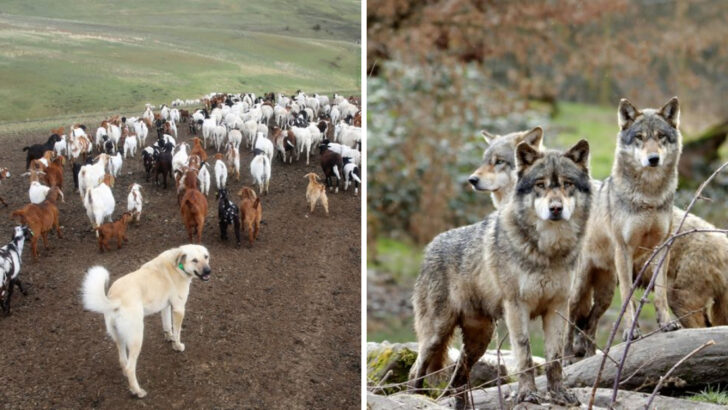In parts of the U.S., dogs aren’t just pets—they’re protectors. On remote ranches, certain breeds are trained to stand guard against one of nature’s top predators: the wolf. These clashes are becoming more common, and not everyone is cheering them on. Wildlife officials are growing concerned, warning that the rising tension could be dangerous for both animals. What’s happening in these states could change how we think about dogs, wolves, and the land they share.
Montana
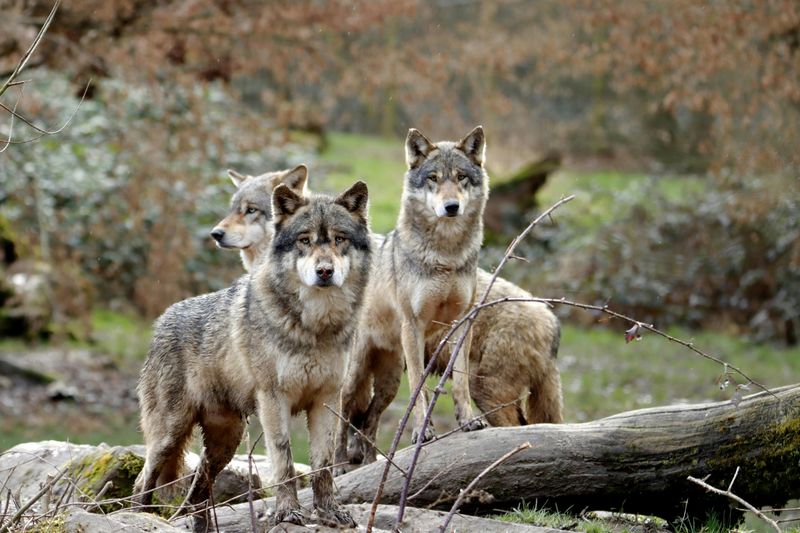
Montana’s wolves have made a strong comeback, prompting ranchers to employ guardian dogs for livestock defense. Wildlife officials caution that unregulated use of these dogs can lead to injuries or deaths on both sides, urging clearer boundaries. Non-lethal deterrents are becoming necessary to mitigate conflicts.
Wyoming
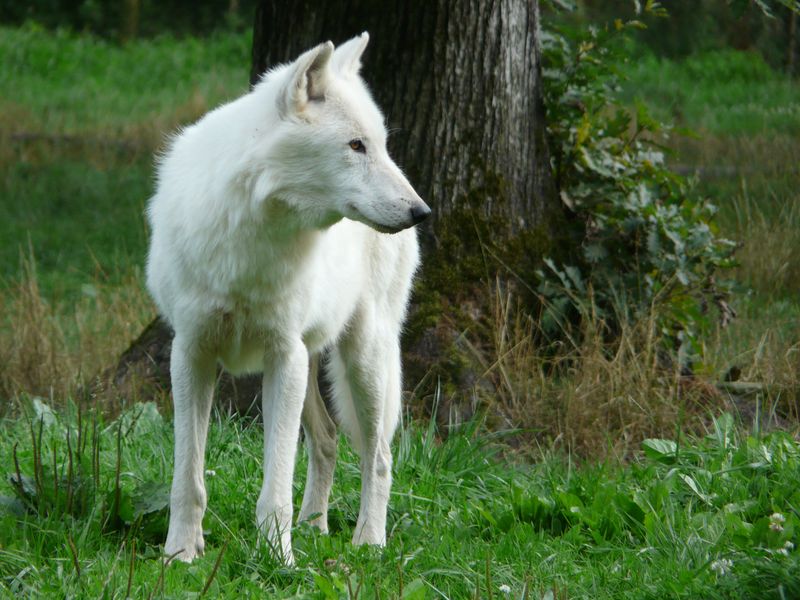
In Wyoming, livestock losses to wolves have led ranchers to rely on aggressive dog breeds. Officials worry that escalating dog-wolf clashes could undermine conservation efforts, especially near national parks. A balance between protection and preservation is crucial.
Idaho
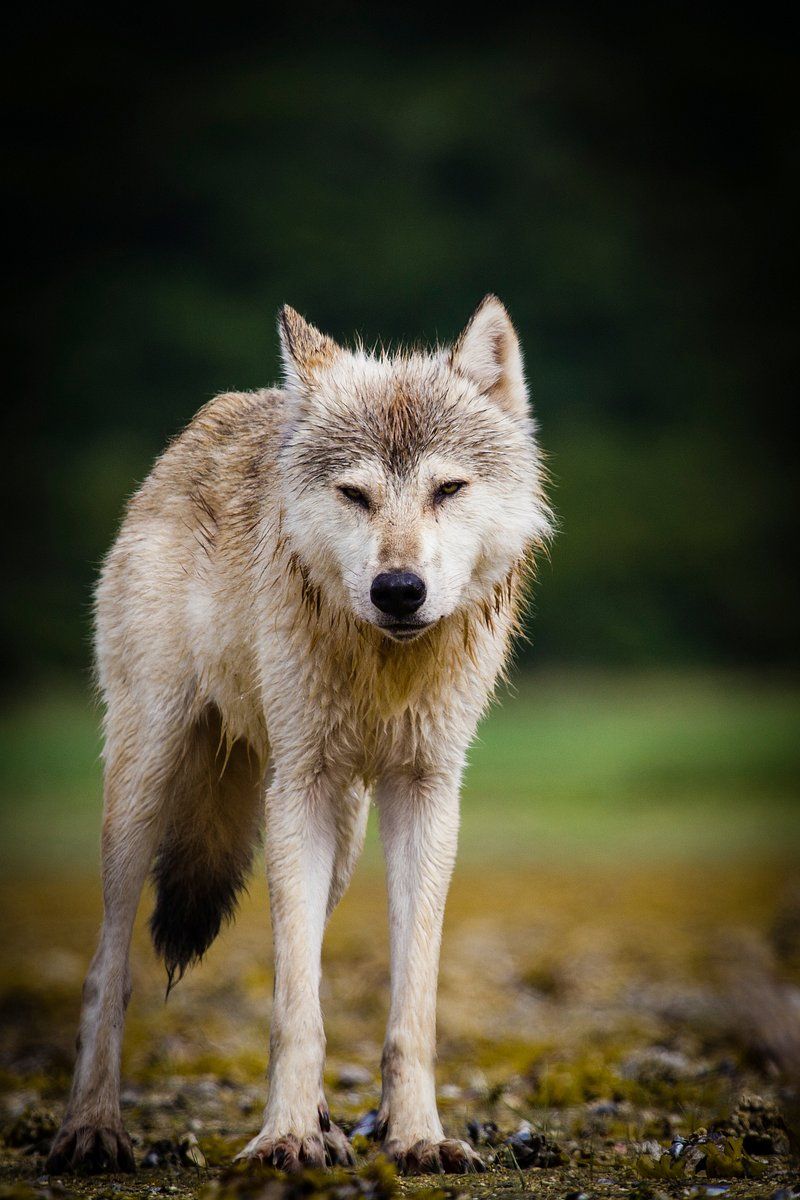
Idaho’s wolf-heavy regions see protective dogs becoming a staple on ranchland. While these dogs deter attacks, they also lead to more violent encounters. Experts suggest combining dogs with electric fencing and tracking systems for effective, less harmful protection.
Oregon
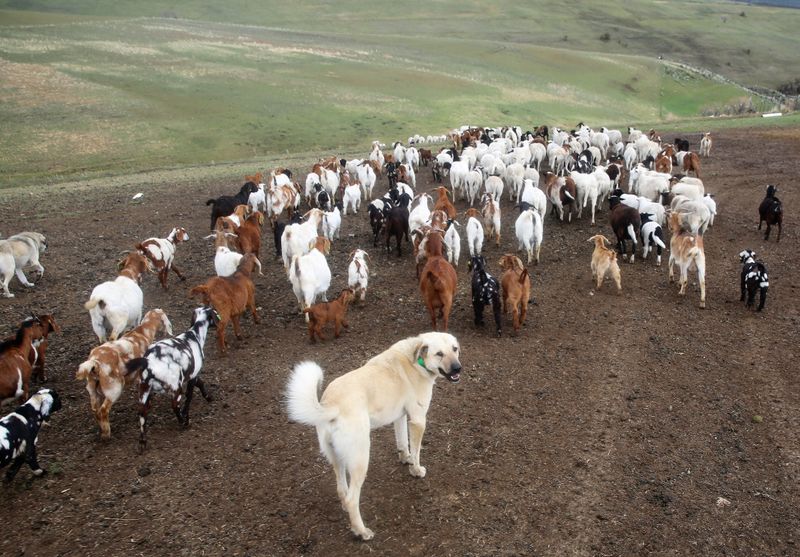
As Oregon’s wolf population grows, farmers deploy livestock guardian dogs. Wildlife agencies support deterrents but stress that dogs alone aren’t enough and can trigger direct conflicts if not managed carefully. A comprehensive strategy is needed for peaceful coexistence.
Washington
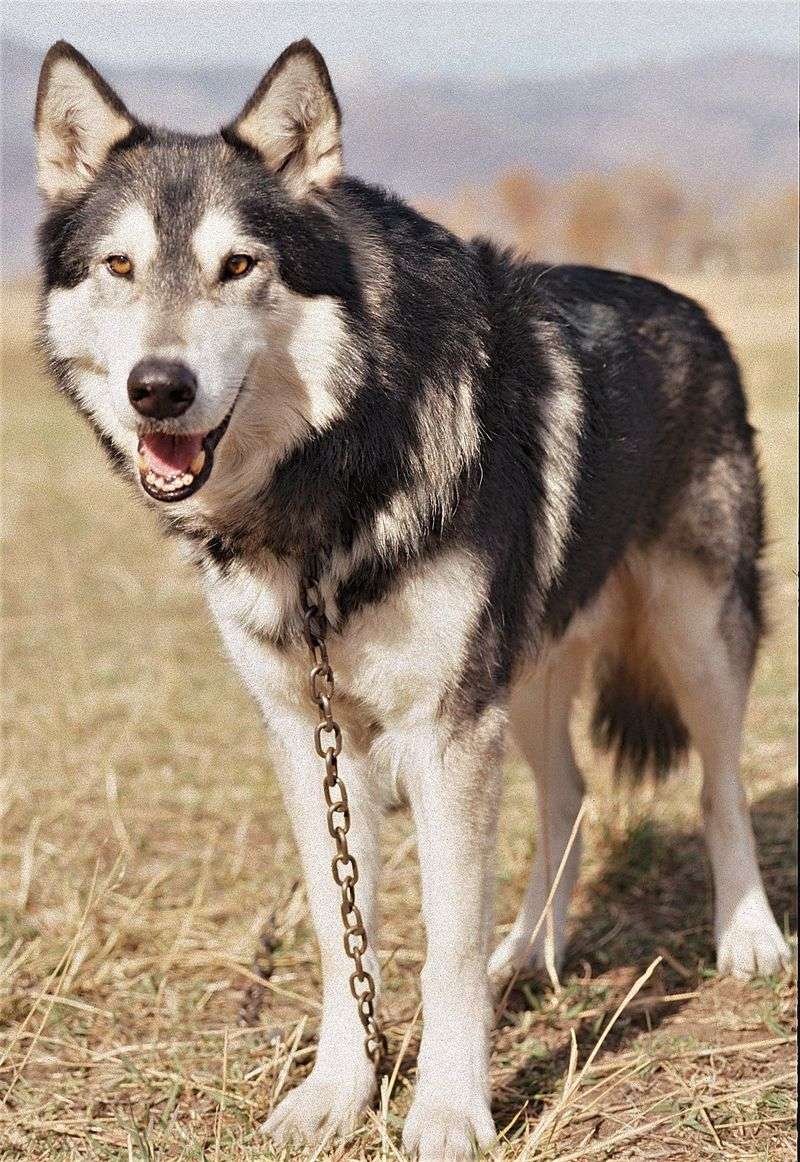
In eastern Washington, protective dog breeds increasingly clash with native wolf packs. Officials advocate for coexistence strategies like rotating grazing areas and nighttime enclosures. These measures aim to reduce violent encounters and promote harmony.
Colorado
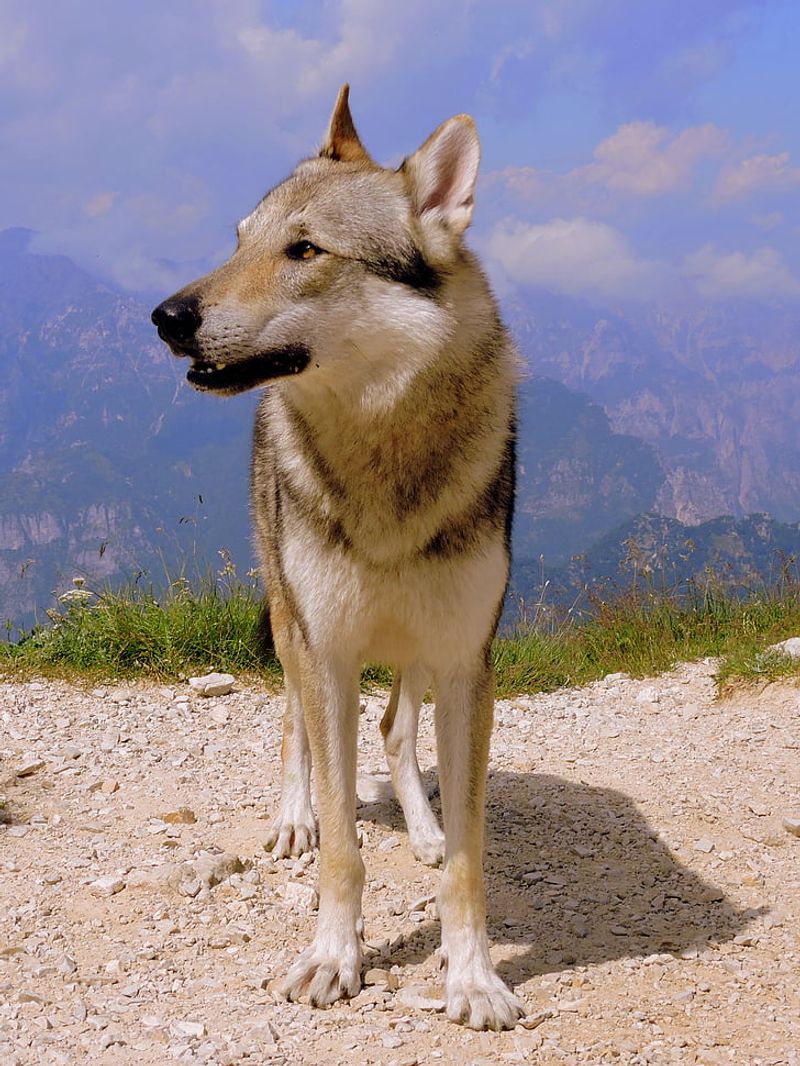
Following wolf reintroduction, Colorado ranchers are training guard dogs to protect herds. Without guidelines, early dog-wolf incidents could fuel fear and hostility before wolf populations stabilize. Officials stress the need for structured coexistence plans.
California
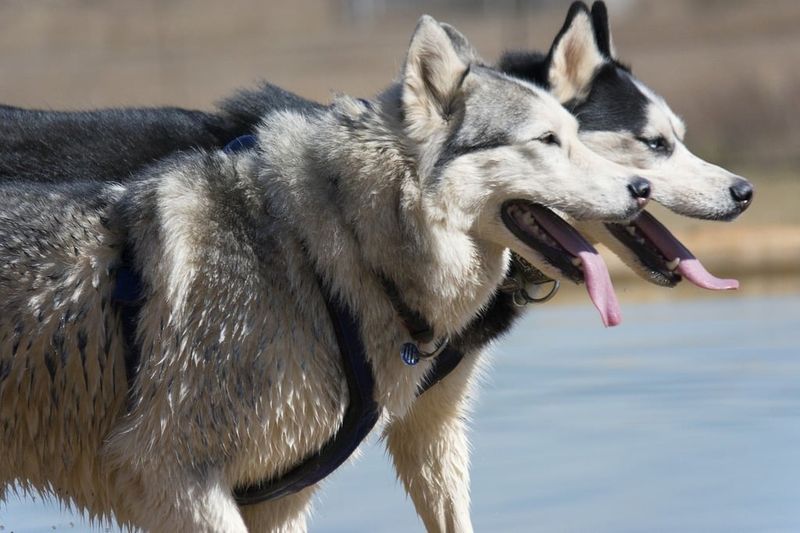
Northern California’s rewilding wolves are meeting livestock. Dogs serve as the first defense line, but state wildlife departments urge better monitoring and early intervention to prevent long-term conflict. Balancing protection and conservation is key.
New Mexico
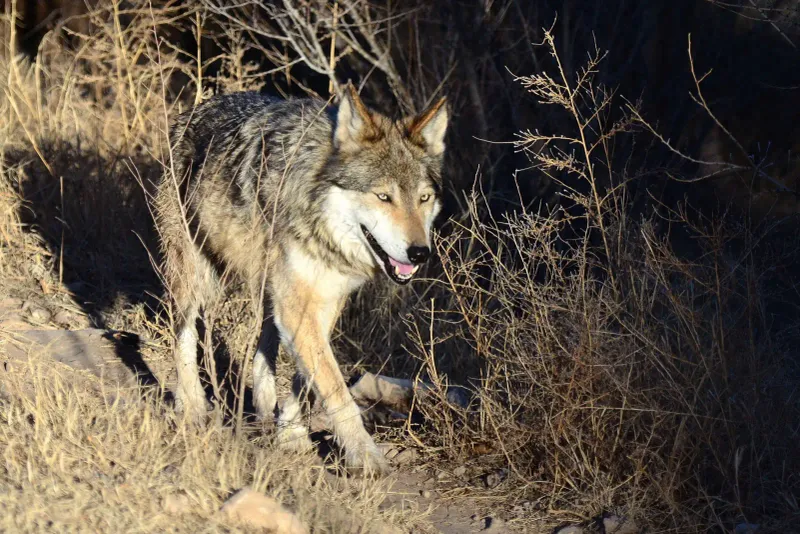
Endangered Mexican gray wolves in New Mexico face increasing threats from protective dogs. Officials emphasize strict adherence to protection laws and suggest using GPS collars alongside dogs. Technology, paired with tradition, offers a path forward.
Arizona
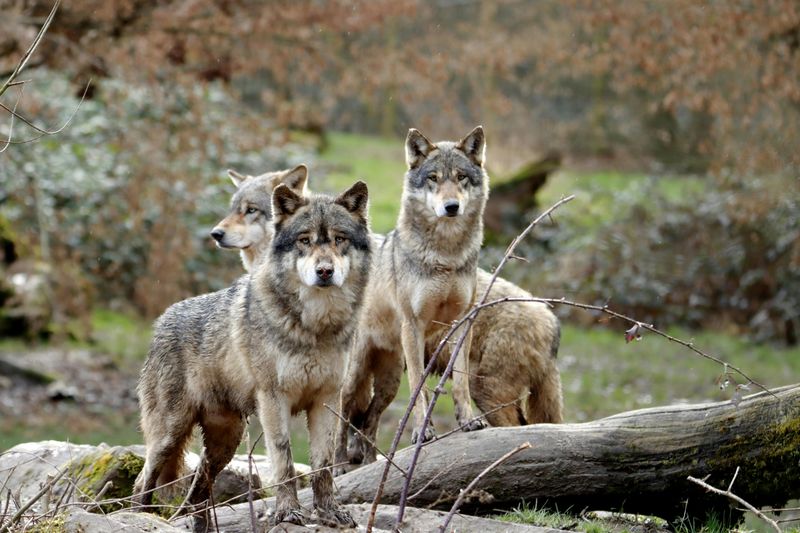
Arizona’s livestock is guarded by dogs against endangered wolves. Wildlife officials express alarm over growing risks to wolves, calling for tighter oversight and rancher education to avoid harmful confrontations. A cooperative approach is necessary.
Minnesota
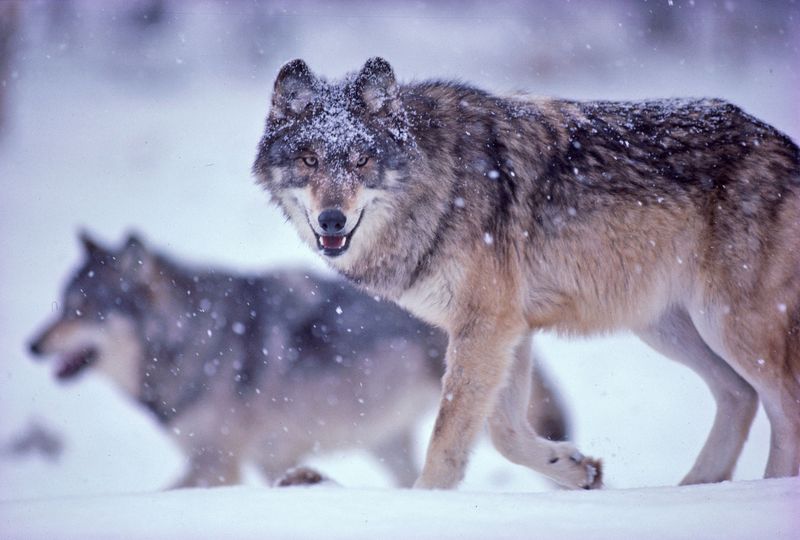
In Minnesota, where wolves are part of the ecosystem, dog-related injuries are rising. Officials recommend compensation programs and predator-proof fencing as safer alternatives. Reducing tensions requires innovative solutions and community cooperation.
Wisconsin
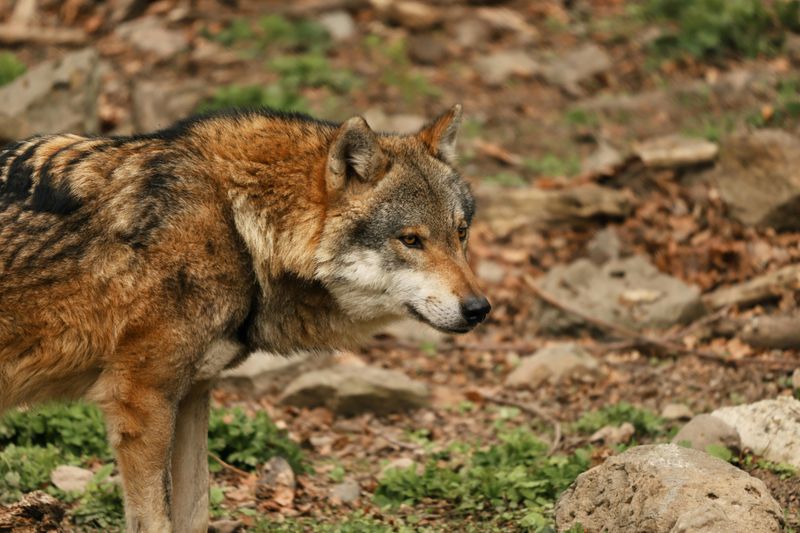
Wisconsin’s hunting dogs often clash with wolves in wild areas. Authorities advocate for seasonal restrictions and conflict mapping to reduce surprise encounters. Protection of both animals is a priority for harmonious coexistence.
Michigan
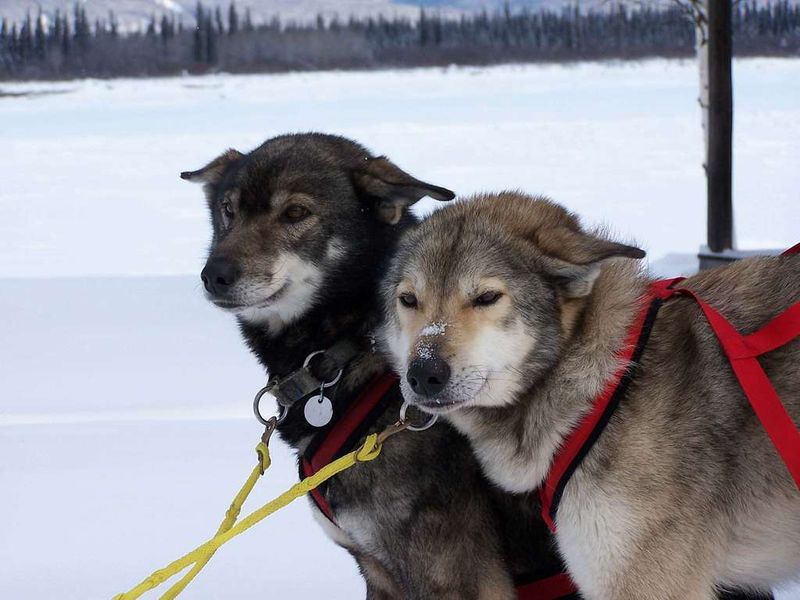
Michigan’s guardian dogs perform their duty, but some encounters result in dead wolves. Officials warn that repeated incidents could harm public support for wolf protections. Early reporting and de-escalation measures are essential.
Utah
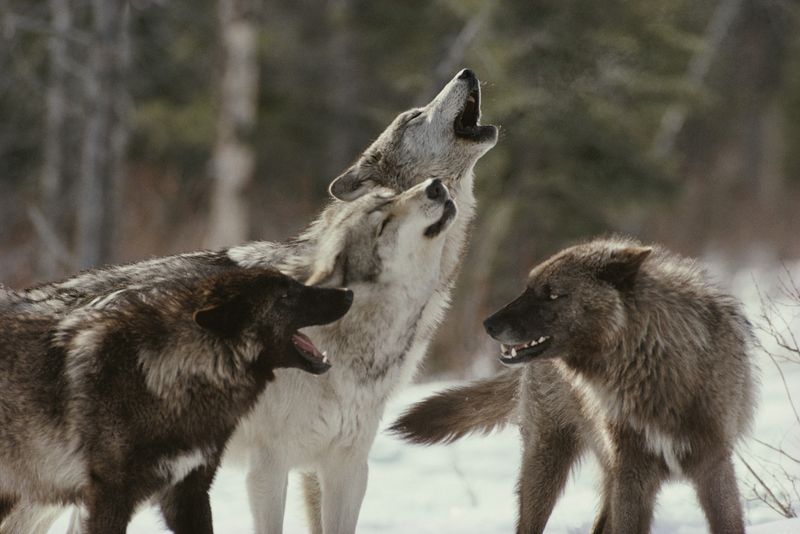
Though not officially established, wolves are increasingly sighted in Utah. Wildlife managers suggest preparing calmly with dogs and raising public awareness before lethal confrontations become common. Education is vital for peaceful outcomes.
North Dakota
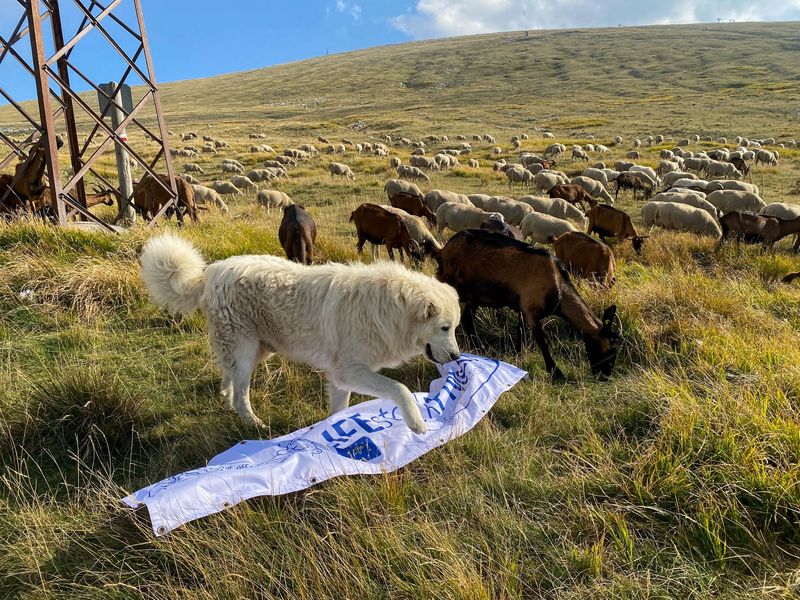
North Dakota experiences sporadic wolf activity, prompting some ranchers to use protective dogs preemptively. Agencies caution that without proper training, these dogs might provoke attacks instead of preventing them. Responsible use is critical.
South Dakota
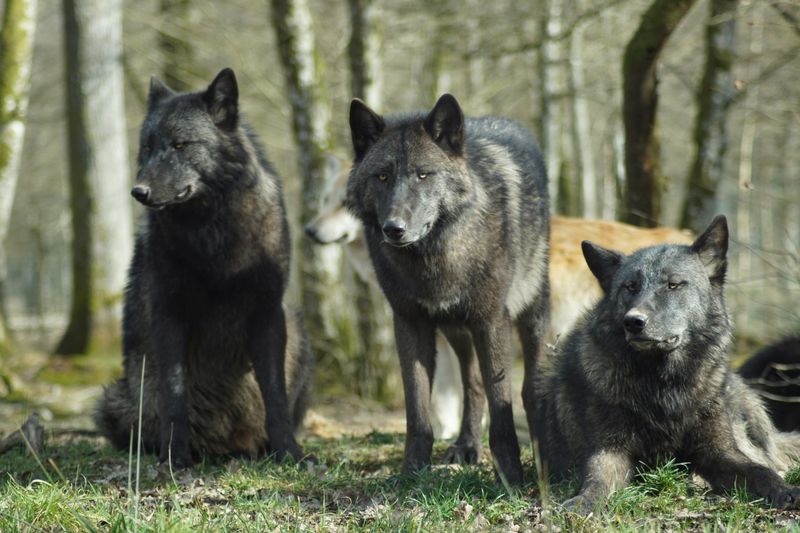
South Dakota is reporting new wolf-dog contacts. Wildlife officials stress the need for clear policy before more incidents occur and advocate for coordinated monitoring between ranchers and wildlife services. Proactive management is essential.
Alaska
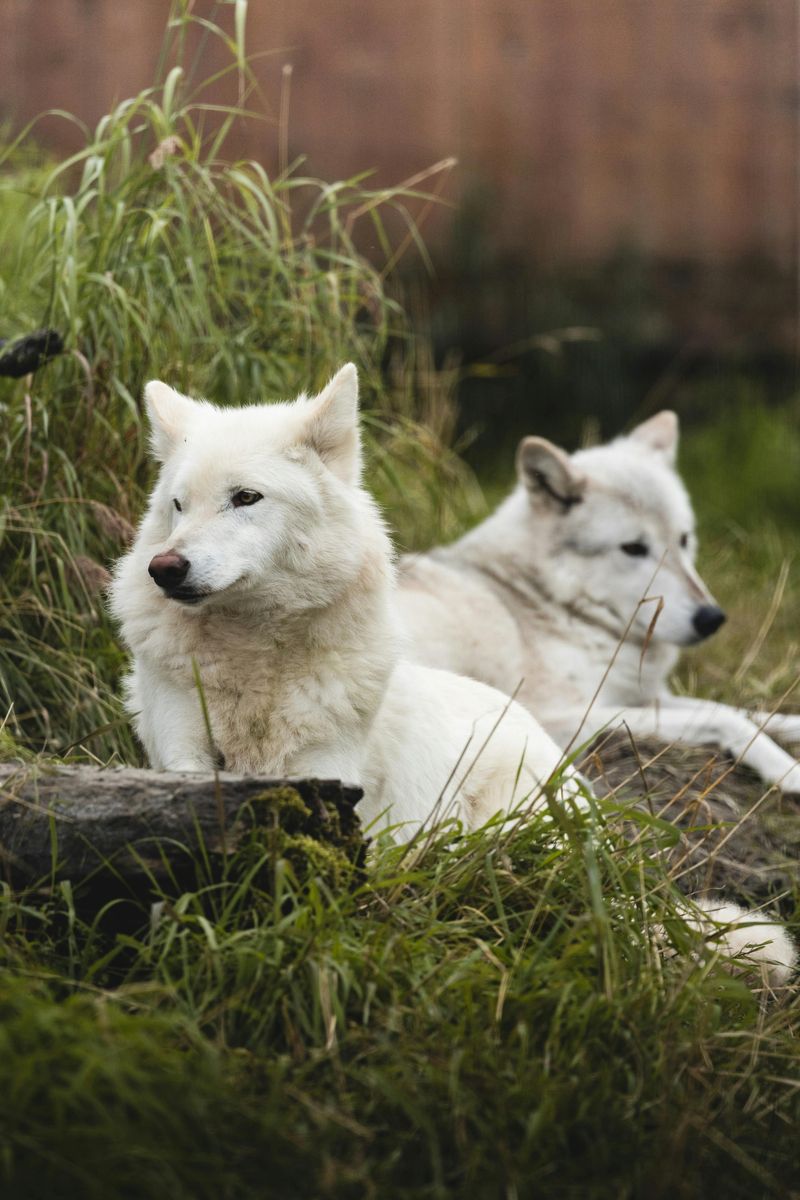
In Alaska’s remote areas, guardian dogs are essential but often clash with wolves. Training, reinforced shelters, and understanding wolf pack movements are advised to avoid unnecessary bloodshed. Harmony requires knowledge and preparation.

